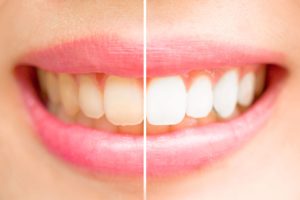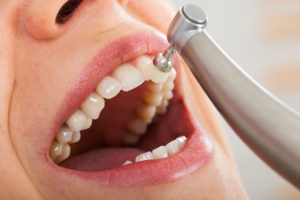 According to the American Academy of Cosmetic Dentistry, an attractive smile has the most significant impact when it comes to first impressions in both our social and work lives. Almost half of the people surveyed said that a smile was more memorable than the first thing spoken by the other person. With the rise of digital profiles, social media and photos, a great smile goes a long way, and teeth bleaching can help it go even further.
According to the American Academy of Cosmetic Dentistry, an attractive smile has the most significant impact when it comes to first impressions in both our social and work lives. Almost half of the people surveyed said that a smile was more memorable than the first thing spoken by the other person. With the rise of digital profiles, social media and photos, a great smile goes a long way, and teeth bleaching can help it go even further.
Which Teeth Bleaching / Whitening Options Are Available?
June 27, 2016
What is the ALARA Principle and what does it mean for me?
June 20, 2016
 ALARA means As Low As Reasonably Achievable, regarding radiation exposure. This is a principle that health care professionals strive for, to provide the best care to their patients.
ALARA means As Low As Reasonably Achievable, regarding radiation exposure. This is a principle that health care professionals strive for, to provide the best care to their patients.
Many aspects of medicine require radiographs, or x-rays as they are most commonly known, to correctly diagnose issues and prepare a treatment plan for dealing with those issues. Radiographs are also sometimes necessary to confirm the successful treatment of a treatment plan.
Why Are Different Types of Digital Radiographs Needed?
June 14, 2016
 Learn why different types of digital radiographs are needed for different uses. Have you ever wondered why your dentist asks for dental x-rays? Have you noticed that sometimes they take a few x-rays and at other times, more than a few? Radiographs, also known as x-rays are necessary for dentistry, to help accurately diagnose and treat dental issues. Up to one-third of your tooth structure is located underneath the gums. Often, dental problems such as an abscess can only be verified by an x-ray in the early stages.
Learn why different types of digital radiographs are needed for different uses. Have you ever wondered why your dentist asks for dental x-rays? Have you noticed that sometimes they take a few x-rays and at other times, more than a few? Radiographs, also known as x-rays are necessary for dentistry, to help accurately diagnose and treat dental issues. Up to one-third of your tooth structure is located underneath the gums. Often, dental problems such as an abscess can only be verified by an x-ray in the early stages.
What is Tartar and how does it affect me?
June 6, 2016
 We all know that we should brush and floss our teeth at least twice a day but some of us do not know all the reasons why it is essential to maintain proper oral hygiene. In addition to keeping your breath fresh, regular and proper oral health prevents plaque and tartar buildup. When you neglect to brush your teeth regularly, food debris is left behind on your teeth and in between the teeth. Plaque forms when certain foods that contain carbohydrates are left on the teeth due to improper oral hygiene. Over time this plaque will continue to build up and harden. Once it hardens, we refer to it as calculus or tartar.
We all know that we should brush and floss our teeth at least twice a day but some of us do not know all the reasons why it is essential to maintain proper oral hygiene. In addition to keeping your breath fresh, regular and proper oral health prevents plaque and tartar buildup. When you neglect to brush your teeth regularly, food debris is left behind on your teeth and in between the teeth. Plaque forms when certain foods that contain carbohydrates are left on the teeth due to improper oral hygiene. Over time this plaque will continue to build up and harden. Once it hardens, we refer to it as calculus or tartar.
